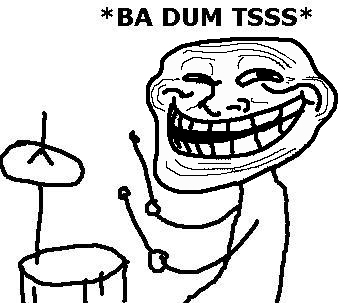In the course of our travels, we have outrun a tornado in Alabama, accidentally done some off-road driving in Maine, dodged floodwater in Missouri, and waited out a blizzard in Wyoming. We have driven while barely awake in the dead of night. Last week - on December 5th - we woke up in Truth Or Consequences, New Mexico, ready to visit Albuquerque and Santa Fe before making our way to Colorado.
We never made it.
On our way north, we encountered freezing rain, followed by sleet. The car we have is a Mazda 6. She's great for fuel economy, rated one of the safest cars out there, and is in such good shape that when we got the oil changed in Seattle the fellow at the garage asked what we were doing right. However, at the end of the day, our car is still a four-door sedan. It is not equipped for brutal weather, and even in extreme winds can buckle from side to side. As we sat at lunch, watching an apocalyptic weather forecast covering most of the Midwest, Alexa and I reached a mutual decision.
The trip is being put on hold until springtime. We will continue to post entries on the blog and photo albums on Facebook, but the traveling segment is on temporary hiatus. (I cannot stress enough the word temporary here.)
In terms of the grand scheme of our trip, this was not an easy decision. As it stands now, we have 4.5 states left: the northern half of New Mexico, Colorado, Kansas, Oklahoma, and Arkansas. Aside from Hawaii and Alaska, we have literally seen everything else. We were so close that we were projecting a completion date of around my birthday (January 11th). However, in terms of our personal safety, the safety of our vehicle, and the safety of what little we have with us on the road, this was a no-brainer.
Since then, we made our way across Texas, visiting San Antonio and Houston, before venturing north. For the time being, we are visiting my family in Seymour, Indiana, where we will be through Christmas. After the New Year, we will resume blogging and posting photos, while also preparing a manuscript version of American Weirdness for publication and getting caught up on other projects.
I know I can speak for both of us when I say thank you - the readers - for your continued interest in this project. It has changed shape in the nine months we spent on the road, morphing from a travelogue with dining reviews to an almost anthropological glimpse at American society. Despite this, our readership hasn't just remained constant. It has increased. Whatever it is we are doing, we are clearly doing it right.
I also want to extend our sincerest of thanks to all of our nearest and dearest who have offered us food, a free place to stay, local recommendations, or even just a hang-out during our travels:
Jenn and Jay in Charleston
Joe in Knoxville
Vickie, Travis, and Scott in Atlanta
Stefania in Auburn
Danielle in St. Petersburg
Lewis for recommending stops in Delaware and Cape May, NJ
Briana and Dave in NYC
Tom and Lisa in Brooklyn
Jim in Newport
David and the kids in Scranton
John and Lu in Buffalo
Venkat and Parampara Das in New Vrindaban
Mark and Jeanne in Nashville
Phil and Ann in Madisonville
Nancy, Dudley, and Andy in Louisville
Joyce and Eric in Seymour
Kat in Indianapolis
Carrie in Columbus
Lori and family in Fort Wayne
Harleen in Ann Arbor
Eric and Ann in Detroit
Surendra in Lansing
Jonas in Minneapolis
Amanda, Amanda, and Daniel in Milwaukee
Mike in Vermilion
Art Barrow
Katie, David, and Joe in Seattle
Michael in Portland
Dan, Beulah, and Daniel in Corvallis
Emily in Salt Lake City
Winty in Sacramento
Kevin in Los Angeles
Josh and Amber in Florence
Deepak in San Antonio
Monica in Houston
Whether you offered us a bed, a meal, or even just tea, it meant the world to us.
This will be our last post for 2013, but this is only the beginning. Life on the road for any stretch of time, let alone nine solid months, is both fun and grueling. (Contrary to what our only naysayer might think, to call this a year-long vacation is callous, insensitive, and just plain stupid.) We're ready for time off from it, but at the same time I am happy to say that the last thing we want a break from is one another. Last week, my dad quipped that at this point Alexa and I could renovate a house and/or build one from scratch. And, as we told Tom and Lisa in Brooklyn, we are so close as a couple that we finish each other's sandwiches. It's a little scary.
We will see you in 2014.
Until then, Merry Whatever, Happy Who Cares, and use this time to reflect on the past and look towards the future.
Peace,
Alex
tl;dr - bad weather, tired, taking winter off to get caught up, resuming travels in the spring; see you in January.
















































